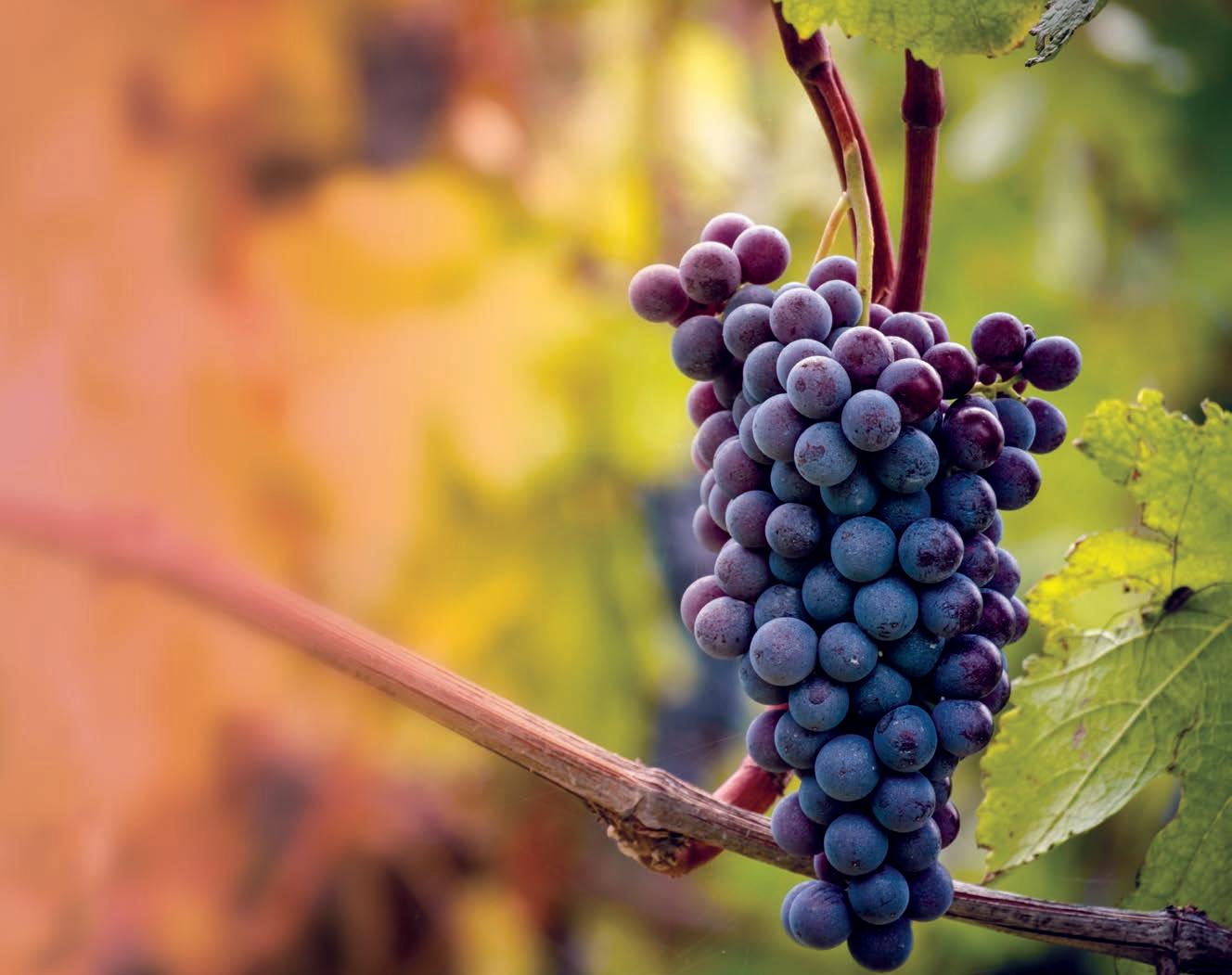BACK TO CONTENTS
FEATURE
Antarctic adventure turns frosty A voyage of a lifetime turned a nightmare of pandemic size. Kalamunda GP Cathy Civil shares the highs and lows she and GP husband Mike went through to get home. We left Perth on February 23 to join a GP conference to the Antarctic at a time when COVID-19 was looking like a MERS and SARS – a foreign problem that would be contained long before it affected us. We had always wanted to see the Antarctic and with global warming escalating rapidly it seemed that the sooner we could go the better. So, when we saw an advertisement for a GP conference that ticked all of our boxes and more, it was our chance. Being both GPs, the conference was a way of making the trip more affordable and the line-up of speakers looked impressive. The trip was to start in Santiago where we gave ourselves a few extra days to look around before flying to Punta Arenas in the Magellan Straits to board the MS Roald Amundsen, a small, new Norwegian hybrid exploration ship. Having always been cruise cynics, this was our first cruise and certainly not your average one. This was very much a scientific exploration ship with a team of scientists, a science centre and an expedition team on board. We would have the opportunity to go hiking and kayaking and explore on the ice as well as an informative conference. We were blown away when we got on board. The ship was way beyond our expectations, full of 46 | JUNE 2020
sleek Nordic design and none of the superficial entertainment frills I associate with a normal cruise ship. The Norwegian officers were full of humour and common sense so that the ship appeared to run with effortless efficiency. And our cabin was beautiful with everything we could want, including a lovely bathroom and a balcony. The trip was REAL! It was HAPPENING! We sailed out of port and headed west to the Magellan Straits. We had never been so excited about a trip. And it fulfilled all of our expectations. The scenery was outstanding, and the clear blue skies produced wonderful air clarity, amazing colours and fabulous photos, but the amount of bare rock and waterfalls coming out of old glaciers did remind us that it had been the warmest Antarctic summer on record. It was great fun dressing up in our layers of new polar clothing, taking selfies, and waiting for our turn to head out in the zodiacs with our 12-person “Wandering Albatross” expedition group. We quickly made friends with the other team members who all shared our level of excitement. There was a code of conduct to keep the continent pristine and the animals happy. We needed to keep 5m from penguins (but it was OK if they came to us); 25m from seals and sealions, and we had to walk
in each other’s tracks to minimise damage to the delicate lichens and mosses. And we were absolutely not allowed to carry anything that could become litter. The sea ice was exciting to plough through, especially brushing through it in the zodiacs; the number and variety of whales, seals and penguins was unexpected; the opportunity to have two polar dips was fun and exhilarating; the birdlife was wonderful; we went kayaking amongst the icebergs … like WOW. Incredible. We even knocked back home brew vodka at the bar of the Vernadsky Ukrainian research base. We had experts in everything on board, from whale research and photography, to Antarctic survival skills and history and storytelling, and microplastics. We even had Henryk who had been on an expedition to re-enact Shackleton’s terrifying 1917 trip from the South Shetlands to South Georgia – a 1300km voyage in a lifeboat through treacherous seas, to get help for his stranded crew. We sailed as far south as Marguerite Bay, well below the Antarctic Circle which not many ships are equipped to do. We were on cloud nine the whole voyage. We sailed north again to the Falklands. Having lived in the UK in the 1980s, we knew a little about the Falklands war, but it
MEDICAL FORUM | MENTAL HEALTH ISSUE











